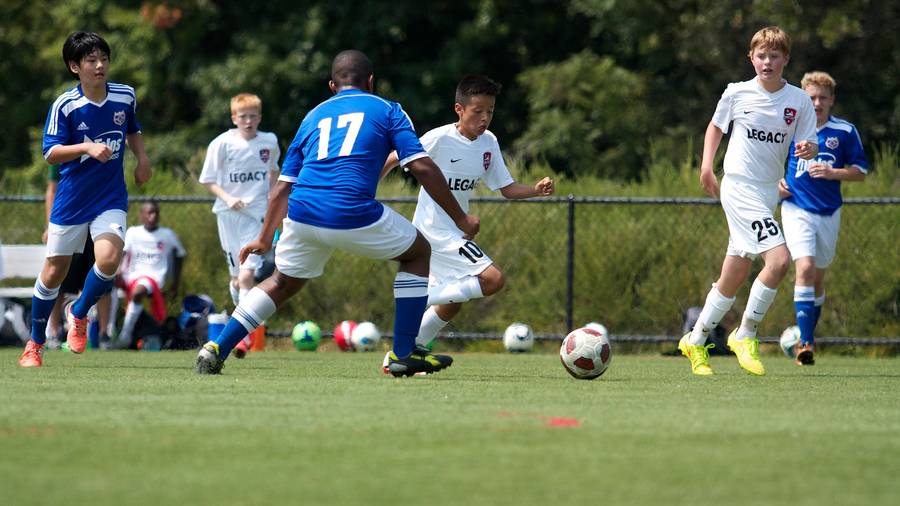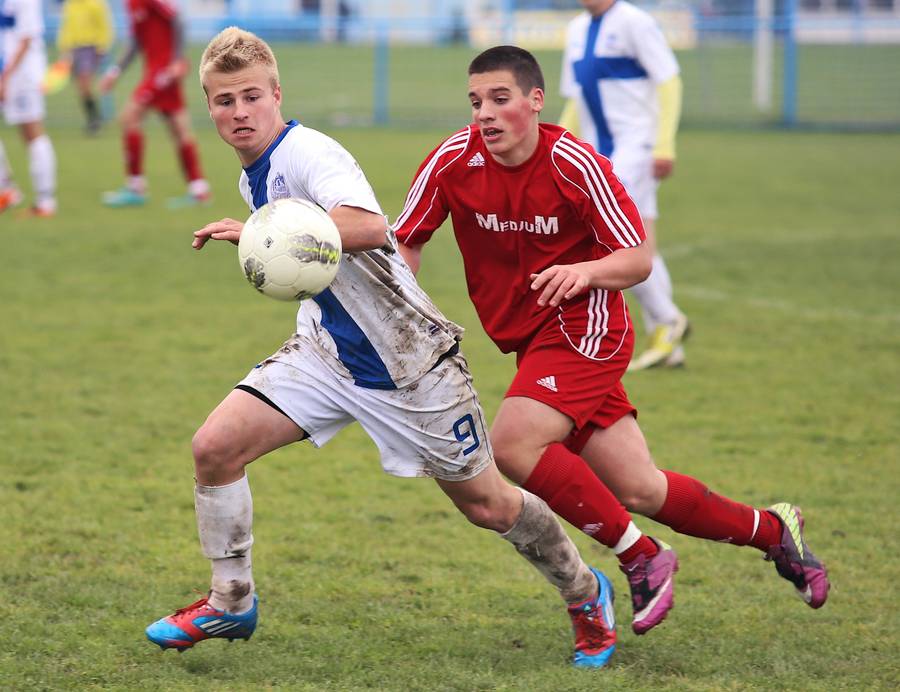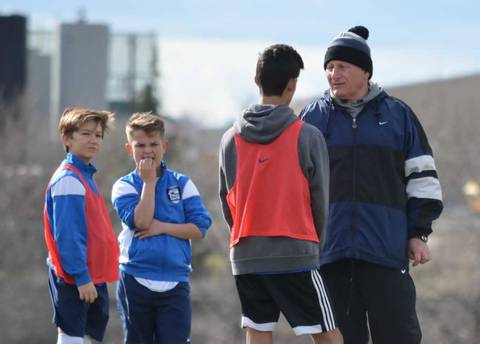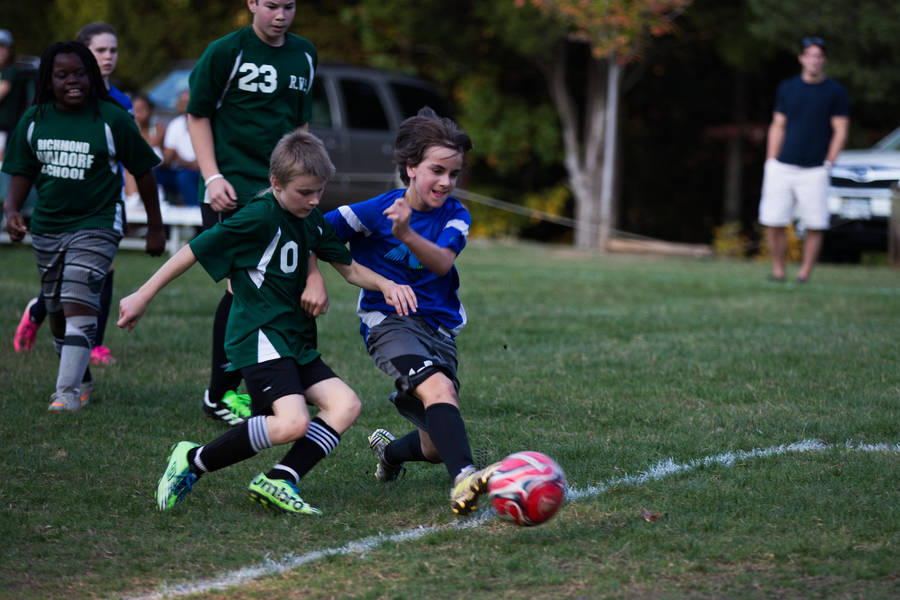There was a time when football was the distraction. A whole match was something to look forward to: 90 minutes of focused attention, the weekend's emotional core. But those days feel increasingly distant. These days, football isn’t just competing with rival clubs or leagues. It’s up against everything: viral videos, social media scrolls, mobile games, and endless noise.
It’s not that the sport has lost its appeal. Far from it. But attention, the currency of the digital age, is harder to win and even harder to keep. And football, for all its history and passion, is now just one tab open among many.
Clubs know this. That’s why the modern football experience stretches far beyond the pitch. The pre-match buzz, the halftime banter, the post-match reactions- it’s all content now. Every moment is branded, and every clip is shareable. Some of it adds value. Some of it doesn’t.
A curious case of chickens and clicks
Scroll through your feed long enough and you’ll stumble across something so absurd it circles back around to being relevant. Enter the world of hyper-casual games, digital distractions that ask almost nothing of you but keep you just entertained enough to stay. One recent example is found through a gateway to hyper-casual distractions, where the entire premise is, quite literally, helping a chicken cross a road.
It’s mindless. It’s fast. And it works. Because it understands what many digital platforms, including football’s online arms, are now built around: micro-engagement. These games aren’t competing on depth or meaning. They’re competing on ease. Tap. Scroll. Laugh. Move on.
Increasingly, football content is borrowing from that same playbook.
Clubs are putting out memes, launching mobile apps, and encouraging fans to “interact” with polls and filters that barely relate to the game. It’s not about loyalty or connection, it’s about metrics. Impressions. Clicks. Reach.
The performance off the pitch
To be fair, not all of this is bad. The game’s digital presence has become more dynamic, and there are smart, innovative projects out there — tactical analysis for hardcore fans, player-led content that actually feels personal, interactive streams that bring supporters closer.
But the signal-to-noise ratio isn’t trending in the right direction.
What used to feel like community-building now sometimes feels like pandering. Matchday posts read like ad copy. Players are rebranded as influencers. Even the most serious clubs are trying to wedge themselves into trends that don’t suit them, meme formats, TikTok challenges, and flashy promos that feel like a marketing intern’s idea of "engagement."
There’s a risk here. Football has always thrived on something digital content struggles to replicate: emotional weight. The roar of a last-minute goal. The crushing silence after a missed penalty. The tension builds over 90 minutes. Those moments don’t work in short form. They’re not built for swiping.
Are we watching the game or just the clips?
This isn’t a call for football to stay stuck in the past. Technology can enhance the sport. It already has VAR, performance data, and fan connectivity. But when the drive for engagement starts to flatten everything into clickbait or novelty, something gets lost.
The match itself risks becoming secondary to the buzz around it.
It’s fair to ask what kind of fan experience we’re shaping when football is just one piece in a wider digital circus. Will a younger generation come for the memes but stay for the matches? Or will they bounce the moment the content no longer entertains?
Holding on to what matters
Football has always evolved. It’s supposed to. But there’s a difference between evolution and erosion. Clubs need to keep asking: What are we adding, and what are we giving up? Because not every innovation is an improvement. Not every trend needs to be chased.
Some moments are still worth slowing down for a precise assist, a clean tackle, or a comeback win. You don’t need an app to feel that. And if football loses the ability to hold attention in real time, if it becomes just another scrollable item in a feed, then the game might not be broken, but it could be hollowed out.
And that, more than any defeat on the pitch, would be the real loss.


















